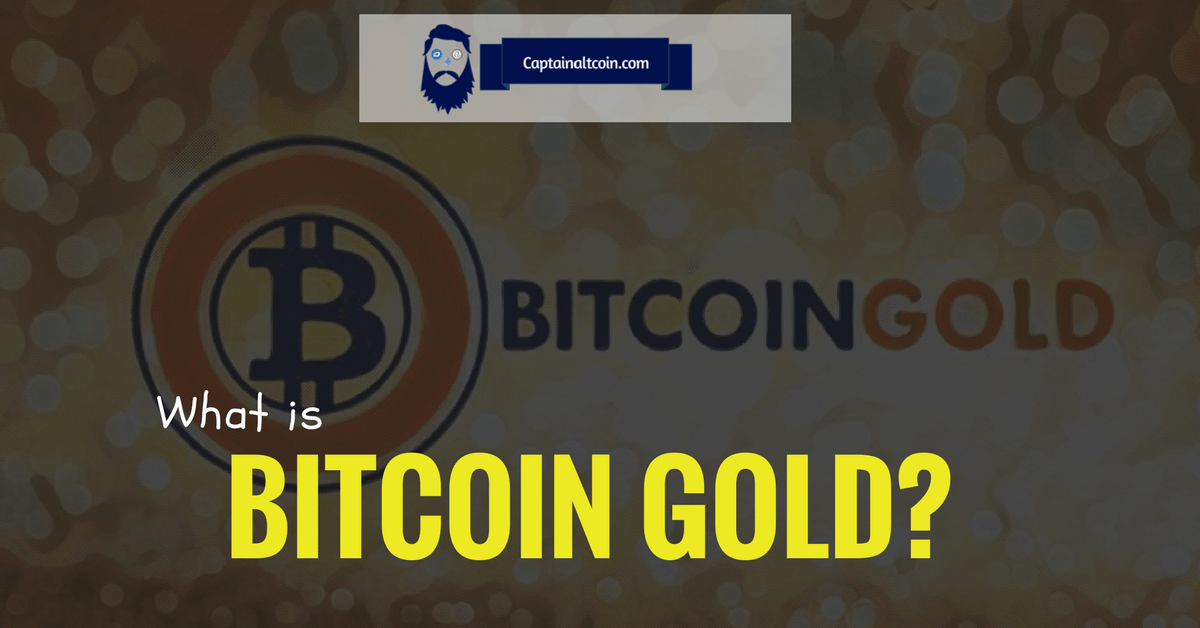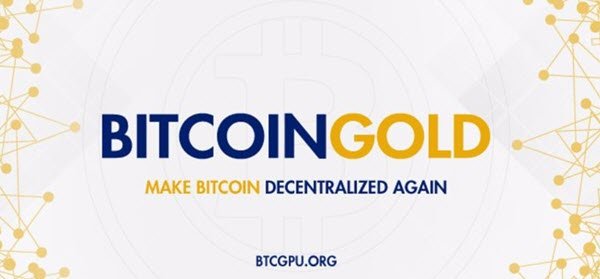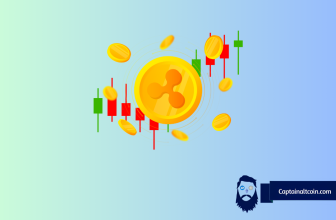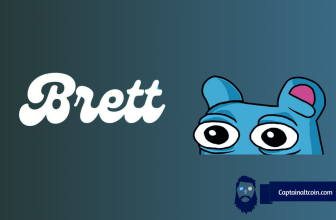
It has been only couple of months since the Bitcoin Cash hard fork (it took place on August 1st 2017), and we are again discussing another Bitcoin hard fork.
The first fork of Bitcoin created Bitcoin Cash (BCH).
Another Bitcoin Fork, which created Bitcoin Gold (BTG), took place on 25 October 2017. With this fork, all bitcoin holders doubled their coin holdings without doing anything.
You are probably shocked! Don’t be!
Some of you may think that your value will also double!
Note: Doubling of Bitcoin does not mean that the number of Bitcoins you own will get double, because after a hard fork, the value of both versions of coins are determined based on user sentiments and demand/supply in the market.
You might be having a lot of questions about this fork so, in this article I intend to cover everything you need to know about the upcoming Bitcoin hard fork and how to prepare and benefit from it by doubling you coin holdings.
So, let’s get started…
New Bitcoin Fork – What Is Bitcoin Gold (BTG)?
Bitcoin Gold is a new cryptocurrency that is denoted as of now, as BTG or “bgold”. It was a fork of the original Bitcoin, which was created back in 2008 by Satoshi Nakamoto.
Here’s how the Bitcoin Gold community defines BTG:
„Bitcoin Gold is a community-activated hard fork of Bitcoin to make mining decentralized again.“
Check here to read their FAQ section for more details.
What you'll learn 👉
Who is behind this Bitcoin Hard Fork and When Is It Happening?
The Bitcoin Gold project is being driven by some developers, miners, and their head Jack Liao, the CEO of the LightningAsic, a Hong Kong based mining equipment manufacturing company.
The team also includes an anonymous lead developer of Bitcoin Gold who is named as h4x3rotab, and he/she claims that:
„Bitcoin Gold is also a real blockchain to pilot Bitcoin upgrades.“
As I already said above, the official date for the fork was mentioned as 2017-10-25 (25th October 2017). However, it’s better to cite the block height as the fork point, which was block 491407.
Why Did This Bitcoin Fork Happen?
This was a community-driven hard fork without any consensus voting, and it was primarily being driven by a few who believe that the original Bitcoin mining system has become centralized and is monopolized by a handful of mining companies.
They believe this because of ASIC miners which have made almost impossible for GPU miners like you and me to mine Bitcoins.
And now, these hard fork supporters wanted to make Bitcoin Mining decentralized by hard forking the existing BTC i.e. creating a new Bitcoin using another algorithm.
As per their Twitter:

How Did BTG Supporters Change This Centralization Problem?
BTG supporters have decided to solve this issue by forking Bitcoin on 25th October by changing the protocol of Bitcoin.
Since Asics mining is the real issue, the BTG developers are implementing a different mining algorithm altogether, called Equihash, that is resistant to ASIC chips.
This made ASIC miners irrelevant for mining Bitcoin Gold. Bitcoin currently uses SHA-256 mining algorithm which renders the use of CPUs and GPUs. However, with the implementation of Equihash, Bitcoin Gold is mineable simply by using cheap GPUs.
What Is Their Other Agenda?
Their other agenda is to give the power of mining to the normal users who can mine BTG using their regular computer hardware. They also want to save Bitcoin in case something happens to it in the future, as they claim will.
On the other hand, I think that they also want to compete with other GPU minable cryptocurrencies like Monero, Ethereum, and Zcash.
Also, there has been news that in 2018 Ethereum will move to POS (Proof-of-Stake) from POW (Proof-of-Work), which is a kind of masterstroke for BTG because then those Ethereum mining people will have to switch to either BTG or Zcash or another GPU minable currency in the future.
However, as stated by their lead developer in a conversation with Bitcoin.com, they know that they are not competing with Bitcoin and Bitcoin Cash.
How is Bitcoin Gold (BTG) different from Bitcoin (BTC)?
| Bitcoin Gold (BTG) | Bitcoin (BTC) |
| Uses Equihash Algorithm | Uses SHA-256 Algorithm |
| Minable with GPU | Mineable with ASIC Chips |
| Mining Difficulty varies as per block | Mining Difficulty Increases |
Inspite of these changes, the basic structure of BTG will remain same.
Features of Bitcoin Gold
Bitcoin Gold (BTG) doesn’t bring many features with it. However…
- Bitcoin Gold will be based on Equihash, which means that it will be GPU minable.
- Bitcoin Gold is a direct fork of BTC, which means that it will have inbuilt replay protection.
- Bitcoin Gold will have a variable difficulty that will change per block, which is a good thing for GPU miners.
- Bitcoin Gold will have a pool of pre-mined coins for 16,000 blocks.
Apart from these, there will be no changes.
It’s also important to note that BTG will be following the suit of the original BTC core developers for the future betterment of their coin.
Our Opinion about Bitcoin Gold
There are several reasons why I have mixed feelings toward this.
It’s a good idea to have a GPU-minable algorithm, because it will surely prevent centralization. Also, currently, there is no GPU-minable Bitcoin hard fork.
On the other hand, the problem is that their development and way forward look depressing.
Also, haywire information sources on the Bitcointalk forum raise huge red flags about their intentions and their future.
It’s important to note that both of your coins (BTC and BTG) will have the same private keys.
Moreover, another problem called Replay Attacks can happen due to this fork/split.
Though Bitcoin Gold team claims that their network has Replay Attack protection, but we are not sure how effective it is as it has not been tested live.
There are a few things that we should keep in mind during the fork so as to avoid replay attacks and access your free BTG coins:
- You should avoid Bitcoin transactions for some days until the dust settles to stay away from any replay attacks.
- You should store your Bitcoins on a wallet where you own the private keys, not in a third party exchange like Coinbase.
- You should use hardware wallets like the Trezor and Ledger Nano S because here you own the private keys. Last time, during the Bitcoin Cash fork, these two wallets were the first to support BCH.
- If you don’t have a hardware wallet, you can use software wallets like Exodus, Coinomi, Jaxx, and Mycelium to control your private keys.
- You can also use a brain wallet or paper wallet.
Order Trezor | Order Ledger Nano S
Future of Bitcoin Gold (BTG)
Bitcoin Gold’s Roadmap announced. Check here for more details.
Check here to read BTG Dev’s Official Statement.







